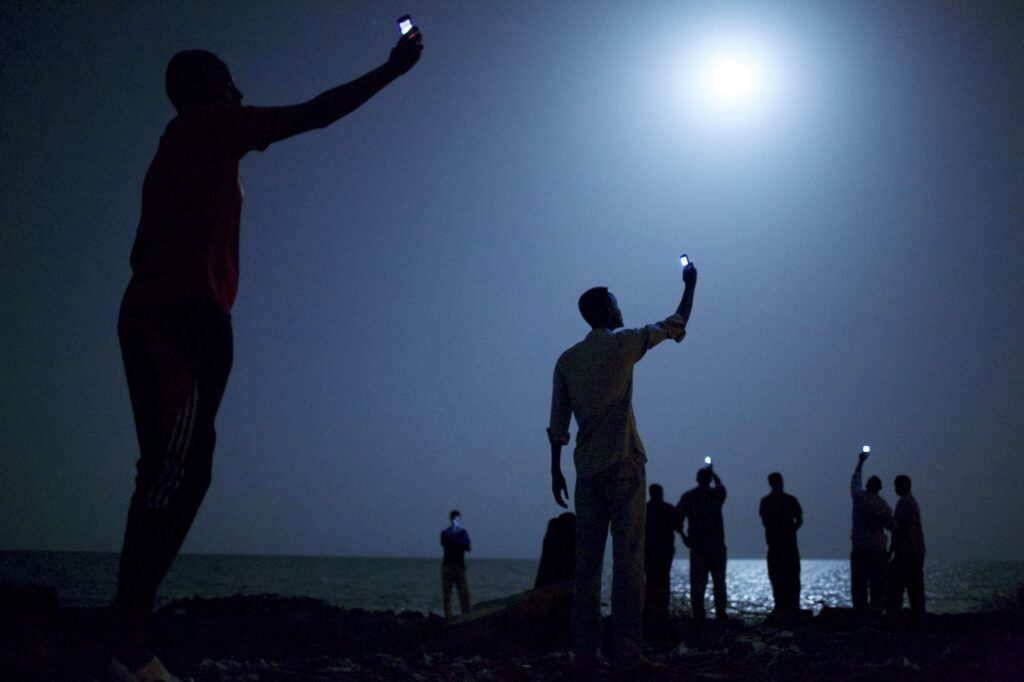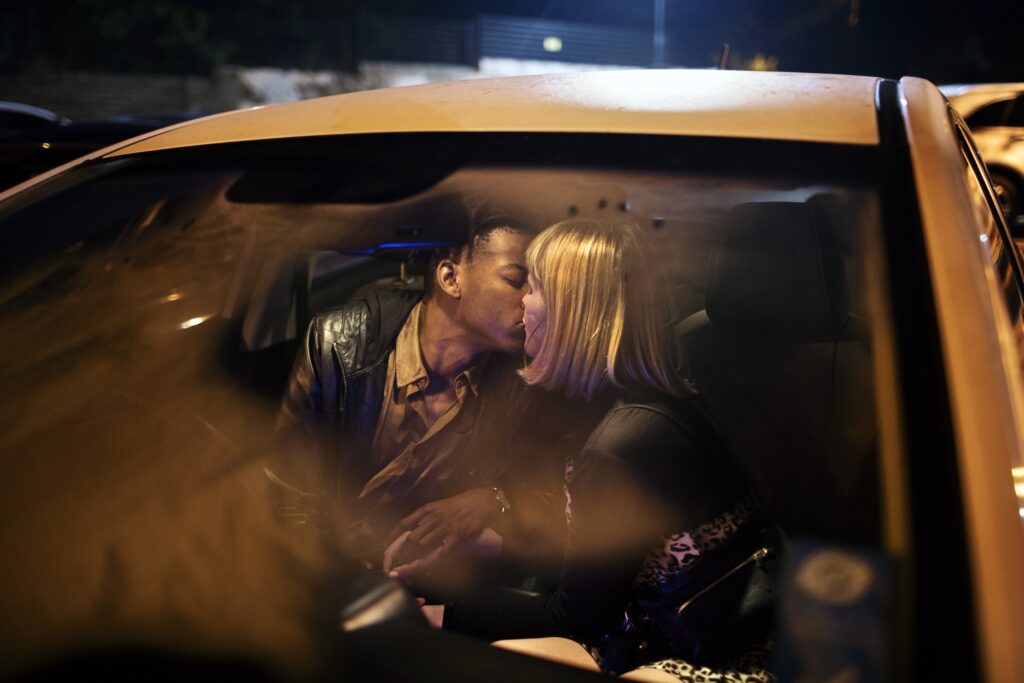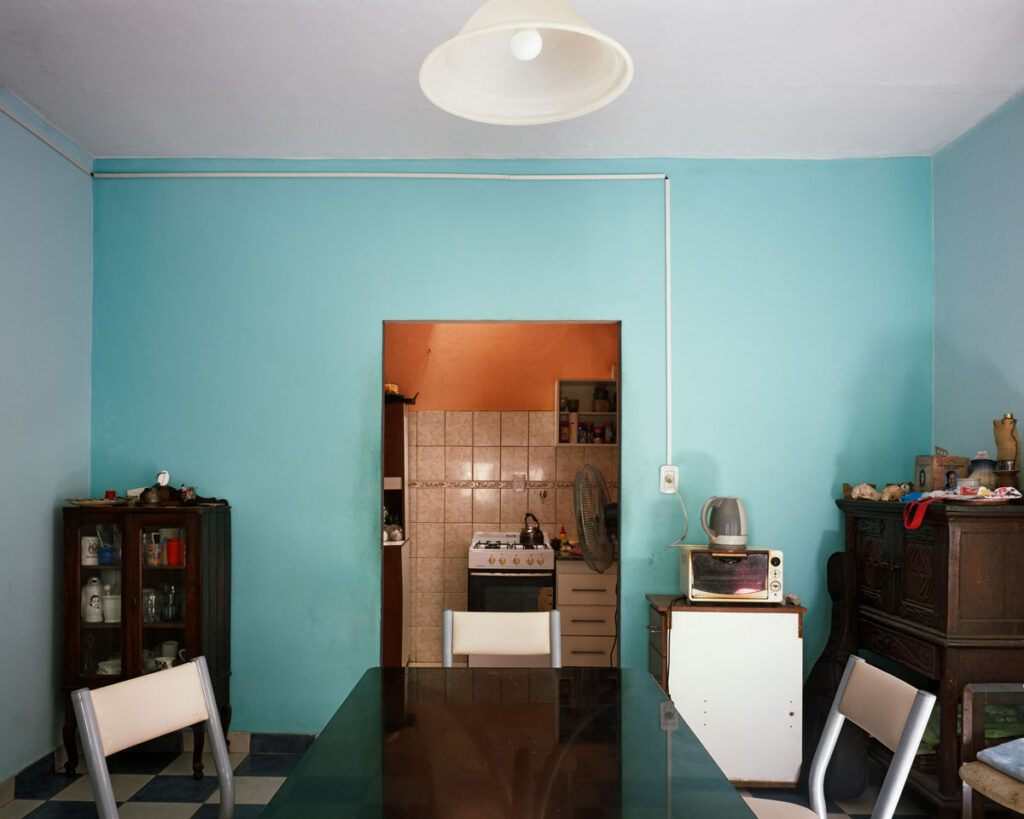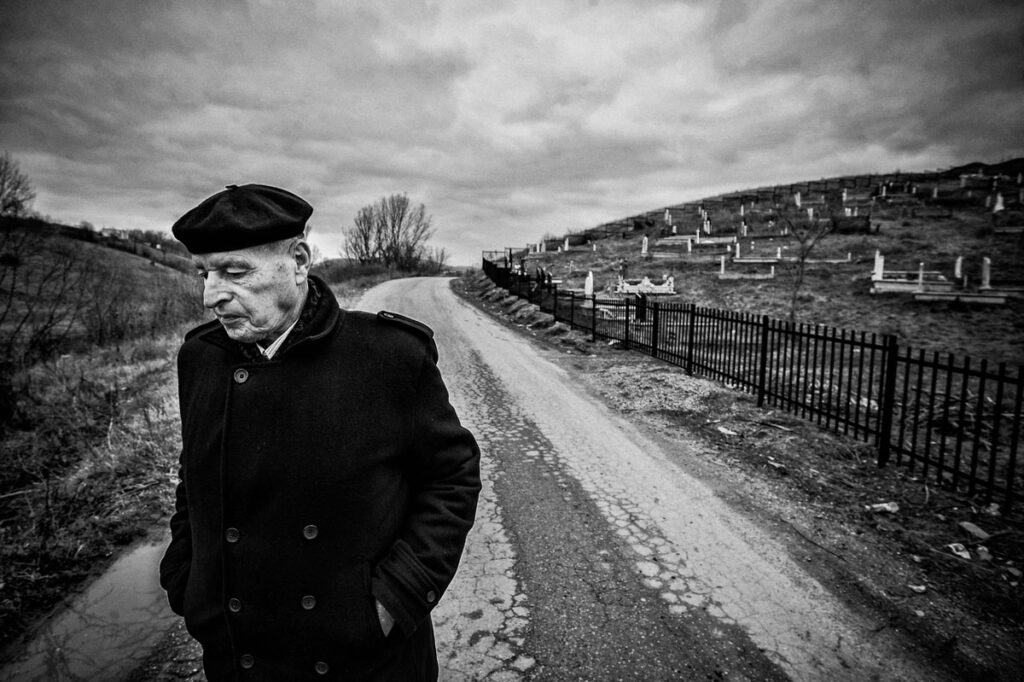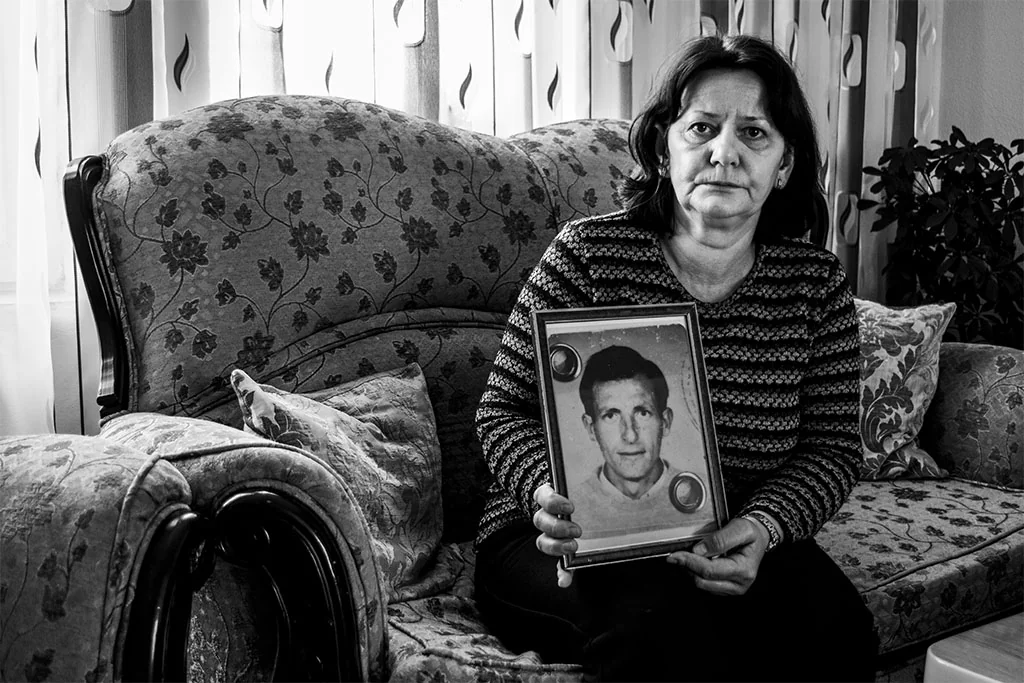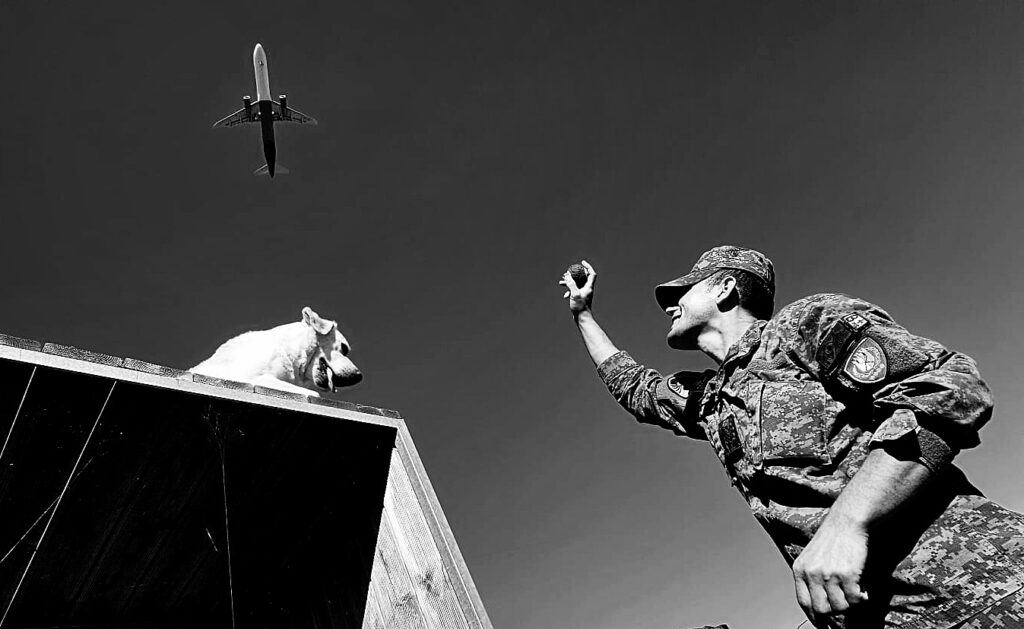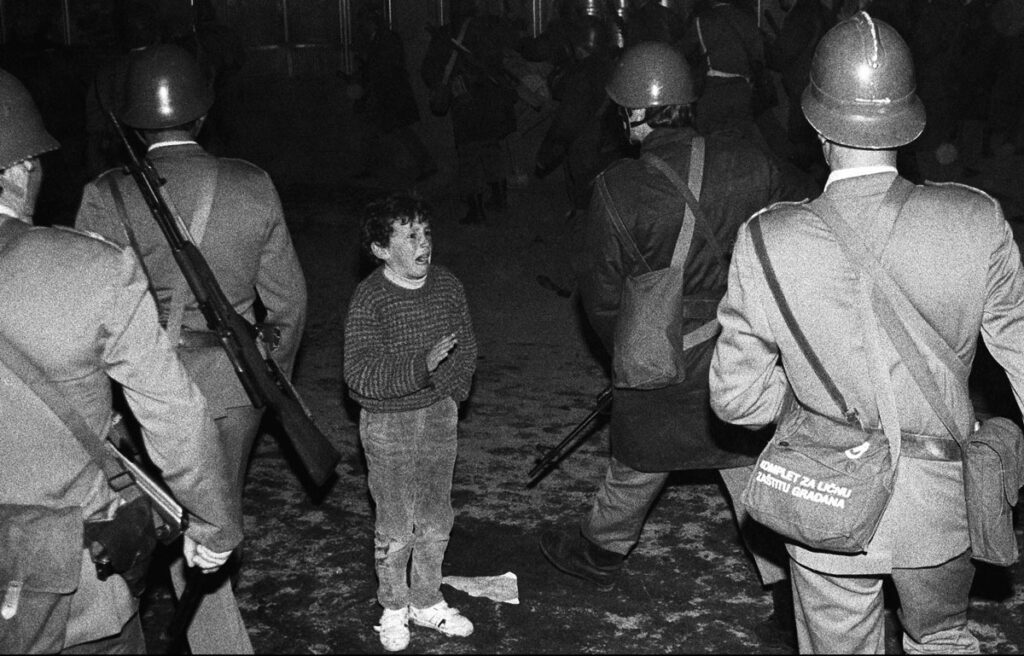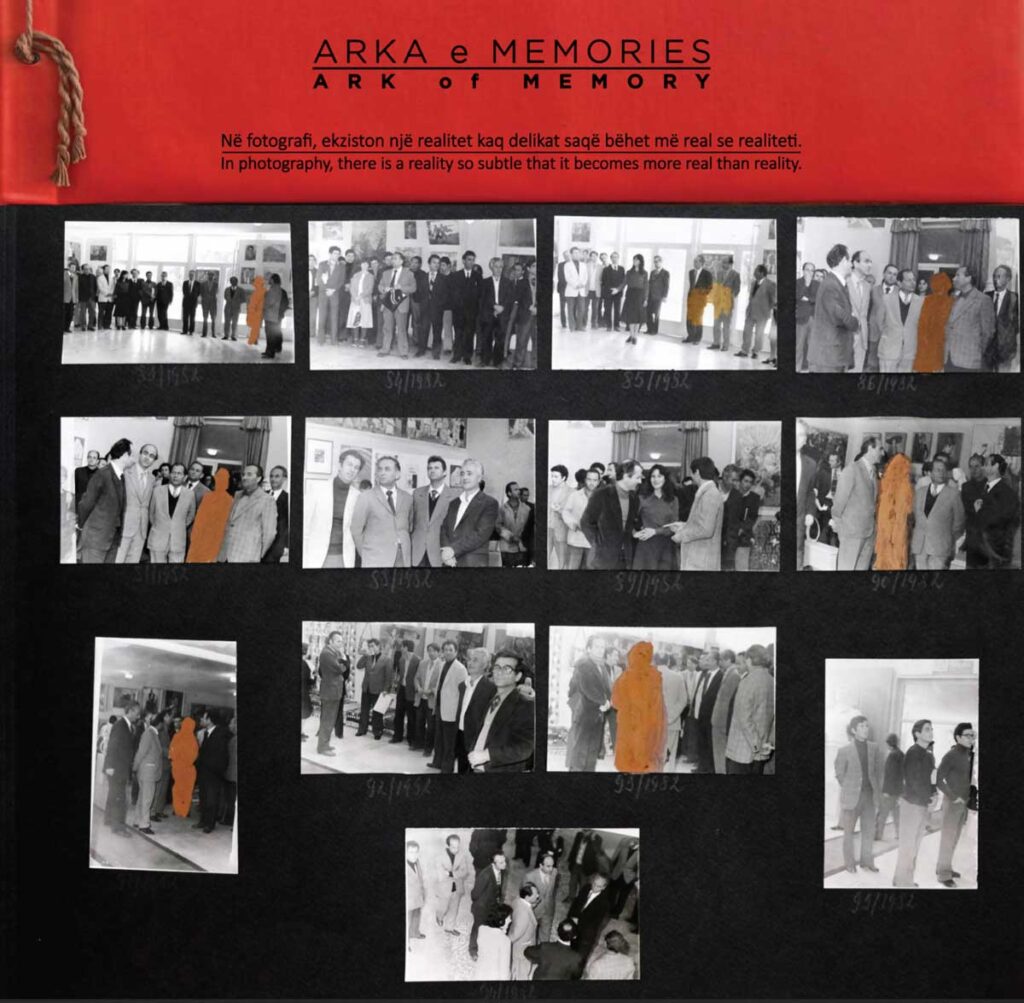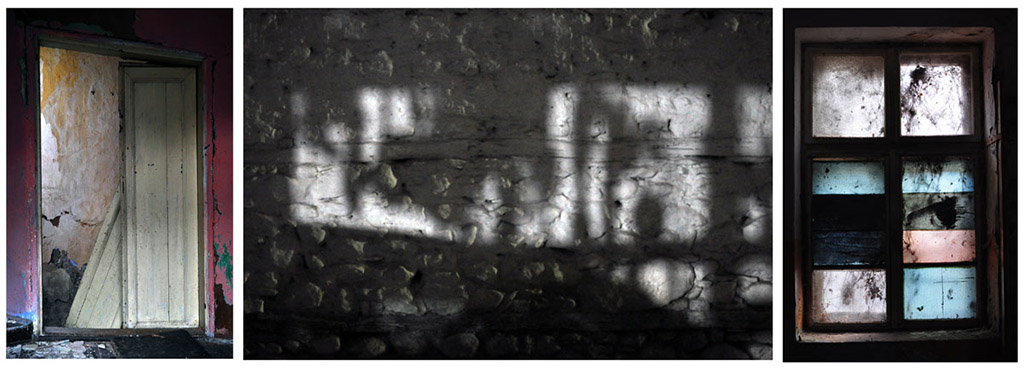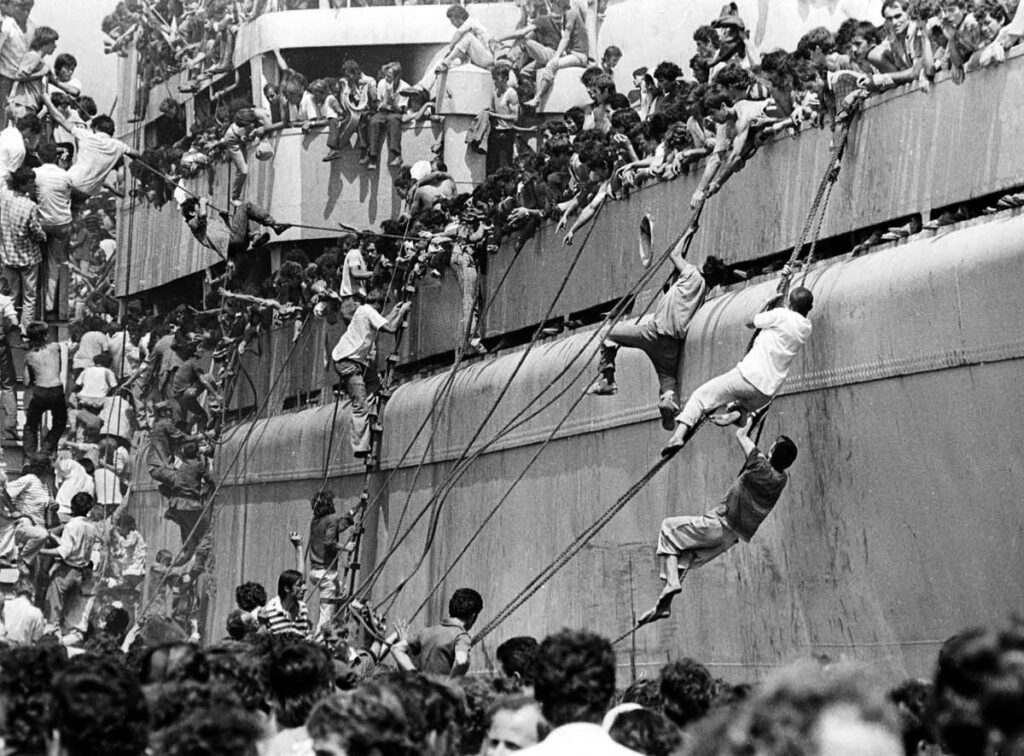Exhibition: THE SIEGE OF SARAJEVO by Paul Lowe / 25.08.23 / 19:00 / Sheshi Zahir Pajaziti

Photo: Paul Lowe/VII Photo
Exhibition: THE SIEGE OF SARAJEVO by Paul Lowe
Prishtina – August 25th, 2023
The photographs of the series “The Siege of Sarajevo” by photographer Paul Lowe testify to the terrible daily life of the citizens of Sarajevo, but also to the spirit of resistance. The siege of Sarajevo, the longest siege of a capital in modern history, began in April 1992 and ended in February 1996. The aftermath of the siege is: more than 10,000 killed, over 60,000 wounded and over 500 children killed. Every fifth citizen of Sarajevo was in danger of snipers or some other weapons.
Exhibition: "IMAGINE: Reflections on Peace" / 25.08.23 / 20:00 /
Barabar Centre - Grand 4th Floor /

Photo: Ron Haviv. A woman mourns at the grave of a family member killed during 1995 genocide in Srebrenica.
Exhibition: IMAGINE: Reflections on Peace
On 25.08.2023 FOTOIST will host the photography exhibition – “IMAGINE: Reflections on Peace”, a multimedia exhibition that explores the themes and challenges of peace-building through a comprehensive look at societies that suffered and survived violent conflicts. The exhibition showcases bodies of work from photographers whose lives have been dedicated to covering the war and its aftermath such as:
• Ron Haviv
• Gary Knight
• Gilles Peress
• Stephen Ferry
• Don McCullin
• Nichole Sobecki
• Jack Picone
• Roland Neveu
• Nicole Tung
Using historical photos, texts, video profiles and interactive opportunities, the Imagine exhibition brings visitors face to face with the realities of violent conflict and asks the question: “Why is it so hard to make a good peace when it’s so easy to imagine?”
Exhibition: "Her Take: (Re)Thinking Masculinity" / 25.08.23 / 20:00 /
Barabar Centre - Grand 4th Floor /
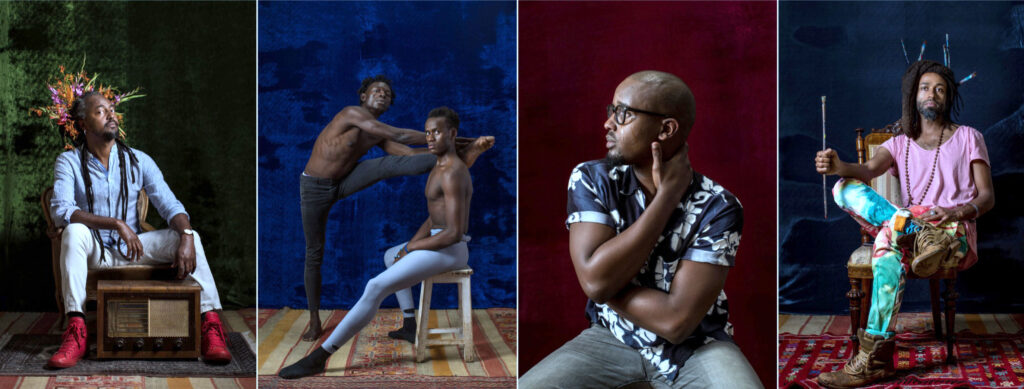
EXHIBITION – “Her Take: (Re)Thinking Masculinity”
• Jessica Dimmock
• Linda Bourne Engelberth
• Ilvy Njiokiktjien
• Nichole Sobecki
• Maggie Steber
• Sarah Terry
“Her Take: (Re)Thinking Masculinity” is a continuation of the conversation started by VII’s seven female photographers when they first met nearly a year ago after Group VII voted for six new female members. The exhibition is made up of seven separate projects, each exploring the topic of masculinity. The exhibition is a reflection of their commitment, with the agency’s support, to help advance inclusive conversations about gender, power and representation.
Exhibition: "THE HOLLOW OF THE HAND " by Seamus Murphy & P.J. Harvey / 26.08.23 / 19:00 / Kosova National Museum /
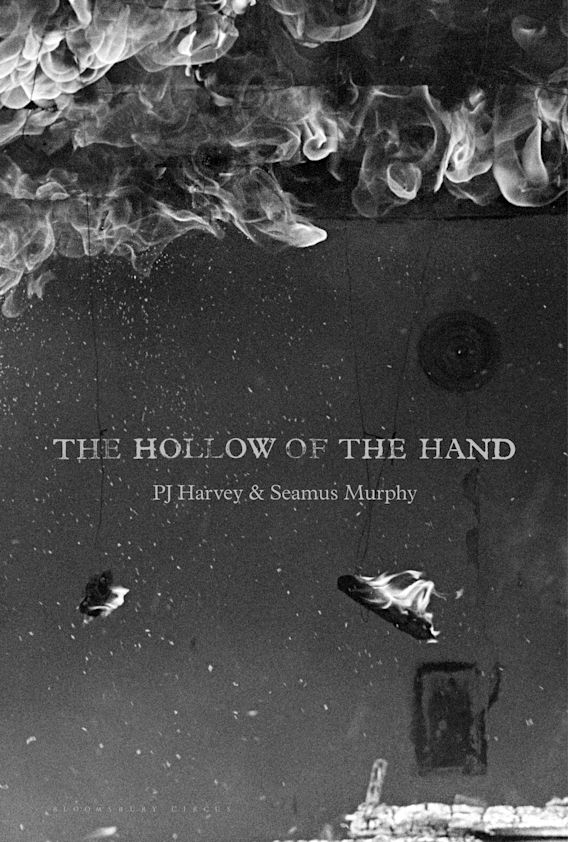
EXHIBITION – “THE HOLLOW OF THE HAND” – P.J. Harvey and Seamus Murphy
They go beyond simple reporting; they set conflicts in a context, both wide-ranging and manifold, which includes recording reality, representing it, and putting it into perspective through poetic texts.
Exhibition: "YVES SAINT LAURENT" - Pierre & Alexandra Boulat / 26.08.23 / 20:00 / Kosova National Museum /
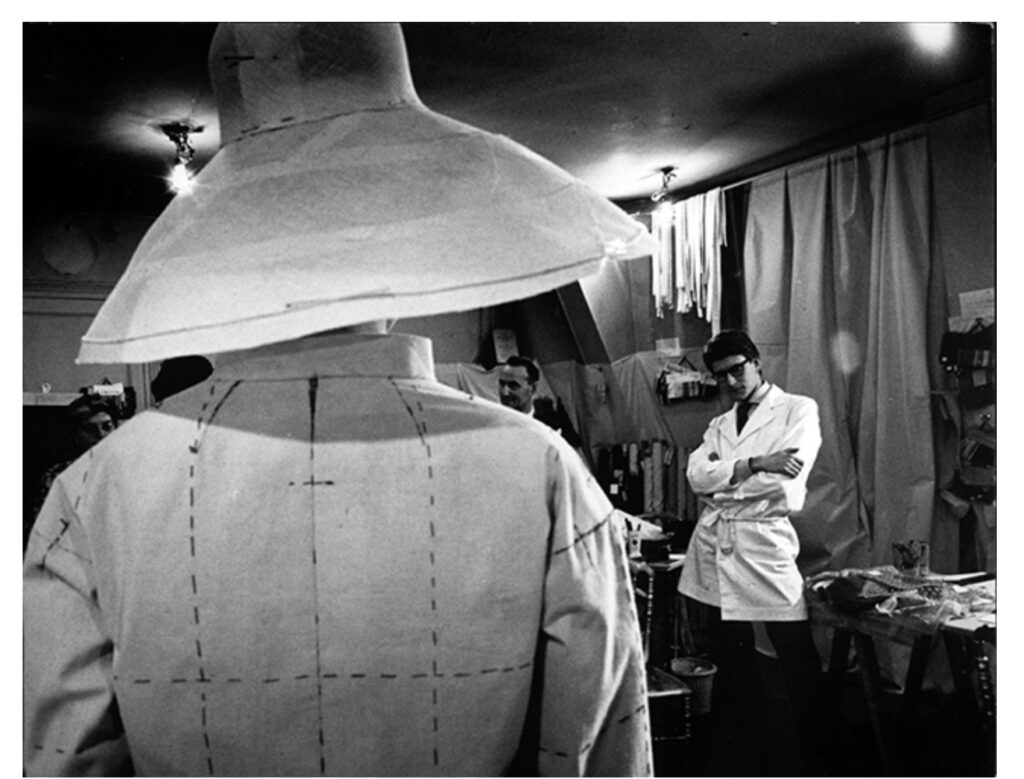
EXHIBITION – “YVES SAINT LAURENT” – Pierre & Alexandra Boulat
Exhibition: "River Drini" by Ferdi Limani / 28.08.23 / 19:00 /
Kosova National Library
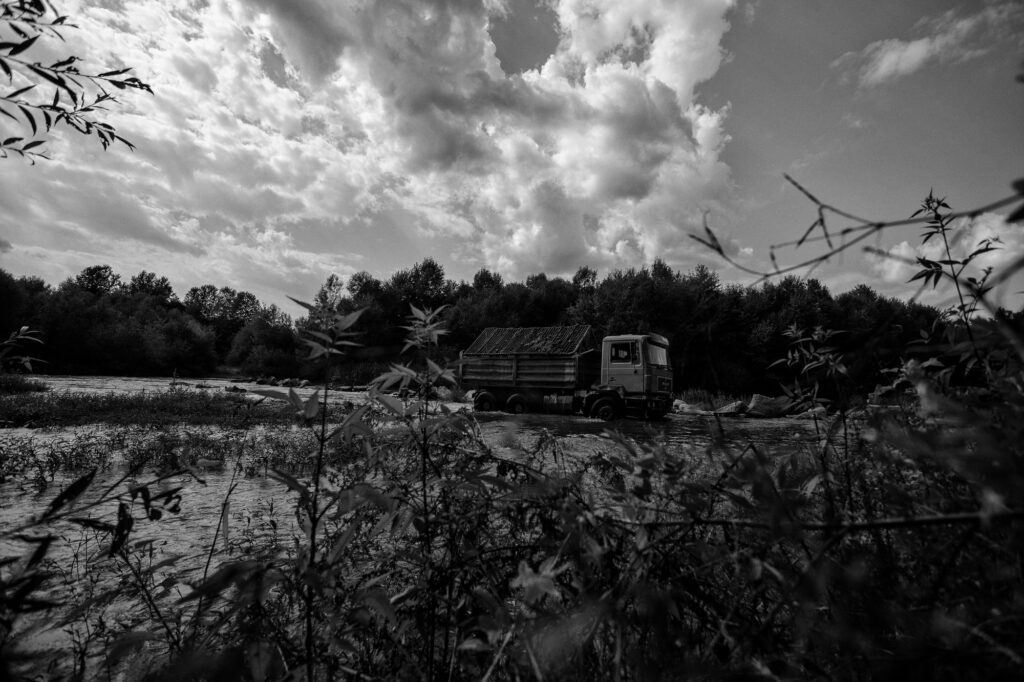
EXHIBITION – “River Drini” by Ferdi Limani / 28.08.23 / 19:00 / National Library /
Welcome to the “River Drini” Photography Exhibition, showcasing the remarkable work of the renowned photographer Ferdi Limani. This exhibition offers a captivating journey along the 122-kilometer-long route of the Drini river, the longest river within the territory of Kosovo.
Originating from its serene spring nestled in mount Zhleb near the village of Radac in the municipality of Peja, the Drini river embarks on a tranquil and meandering path, encompassing the beauty and essence of the landscapes it encounters. Remarkably, this watercourse travels its course without intersecting any major towns within the region of Dukagjin.
What lends the Drini its unique character is its capacity to embrace the smaller tributaries and rivers that flow into its waters. This journey of unity culminates in its convergence with the Drini i Zi, or the “Black Drin,” adjacent to Kukes in northern Albania. The river’s narrative is one of unity, a collection of smaller stories seamlessly merging into a grand composition.
The Drini’s journey commences just after its emergence from the mountains, meeting the river Istog in the village of Zllakuqan. It continues to weave its way through the landscape, encountering the river Klina near the town of Klina, followed by Lumbardhi i Pejes in the village of Gremnik. As the story unfolds, we find the river Lumbardhi i Deqanit in Mirusha, and the river Erenik in the village of Gexhe.
The river’s tale grows richer as it encounters Lumbardhi i Prizrenit in the village of Muradem, just outside the historical town of Prizren. This narrative culminates in the union with the Drini i Zi in Kukes, an end that marks both a closure and a beginning.
The images displayed in this exhibition are captured in striking black and white, a choice that serves to emphasize the inherent beauty and timeless quality of the landscapes traversed by the river. These monochromatic glimpses echo the river’s ever-flowing nature, its unwavering journey through time.
We invite you to immerse yourselves in the essence of the Drini river, as interpreted through the lens of Ferdi Limani. His artistic prowess, coupled with his acute sensitivity to the landscapes he captures, renders this exhibition a celebration of the river’s journey—a journey of unity, transformation, and continuity.
Presented as a part of the FOTOIST – International Photography Festival, this exhibition invites you to witness the beauty and grandeur of the Drini river, as it navigates its course through the tapestry of Kosovo’s landscapes. Enjoy this visual expedition that bridges the gap between the tangible and the sublime, and captures the very essence of the Drini’s spirit.
FERDI LIMANI
Born in 1982 in Prizren, Kosovo. In the late 90’s when his birthplace was in the middle of atrocities, Ferdi realized the importance of documenting history. After journalism studies he began working for daily newspapers in Kosovo and collaborated with international news agencies. His work culminated when he was commissioned by the Government of Kosovo to document the independence declaration. He produced work for various French and international media in Europe, Middle East and the Balkans. Besides his freelance work he is a Getty Images contributor

